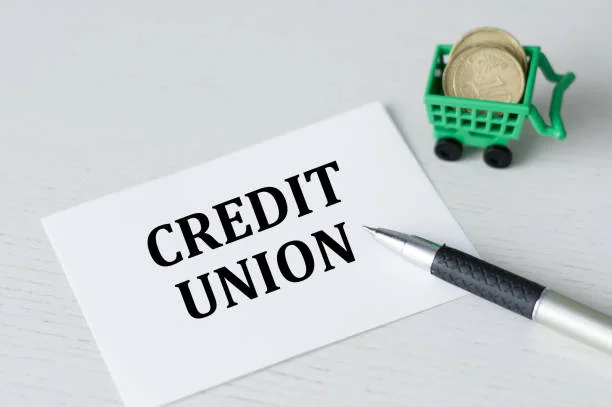Money’s tight for many of us at the moment. When prices are rising, it’s easy to reach for your credit card to cover the gap. That’s common, and nothing to feel bad about utilisation.
But if you’re using credit often, it’s worth knowing that your card use can affect your ability to borrow in the future. One key thing that lenders look at is something called credit utilisation.
It might sound technical, but it’s simple – and more important than you might realise.
What is credit utilisation?
Credit utilisation is just a fancy way of saying how close to your credit limit you’re getting. It only applies to things like credit cards or overdrafts, where the amount you owe can go up and down. It doesn’t apply to fixed loans, such as car finance or mortgages.
Here’s how it works. If your card has a £1,000 limit and you’ve spent £300, your credit utilisation is 30%. If you’ve got multiple cards, lenders might look at each one separately and also check your overall usage.
Using some of your credit isn’t a problem. It shows you can borrow and repay sensibly. But using too much too often? That can raise red flags.
Expand your knowledge with this handpicked companion read.
Why does credit utilisation matter?
- It affects your credit score
Credit agencies, such as Experian or Equifax, track your credit history and give you a score. Your credit score helps lenders decide whether to lend you money, and at what rate.
If you use too much of your available credit, your score can take a hit. Under 30% is usually seen as a safe zone. Over that, and it starts to look like you’re relying on credit to get by.
- It shapes how lenders see you
Even if your score is fine, providers still assess the way you use your credit. If they see you’re close to maxing out your cards, they may worry you’re stretched too thin.
That can make them think twice about offering you credit, or they could provide you with a lower amount or charge higher interest.
- It can limit your options
High credit use can work against you if you want to apply for a loan. Lenders may see it as a sign you’re already juggling too much debt. That can lower the amount they’ll offer
Bottom line: Keep it low if you can
Using your card now and then is fine. But try not to get too close to your limit, especially if you’re planning to apply for credit or a loan soon.
Staying under 30% is a good target. If that’s not doable right now, aim to pay off a bit more when you can.
Keeping your credit use low helps protect your score and makes you seem like a lower risk to lenders. It’s a simple way to give yourself better borrowing power down the line.
Don’t miss our newest articles—they’re all waiting at 2A Magazine.







